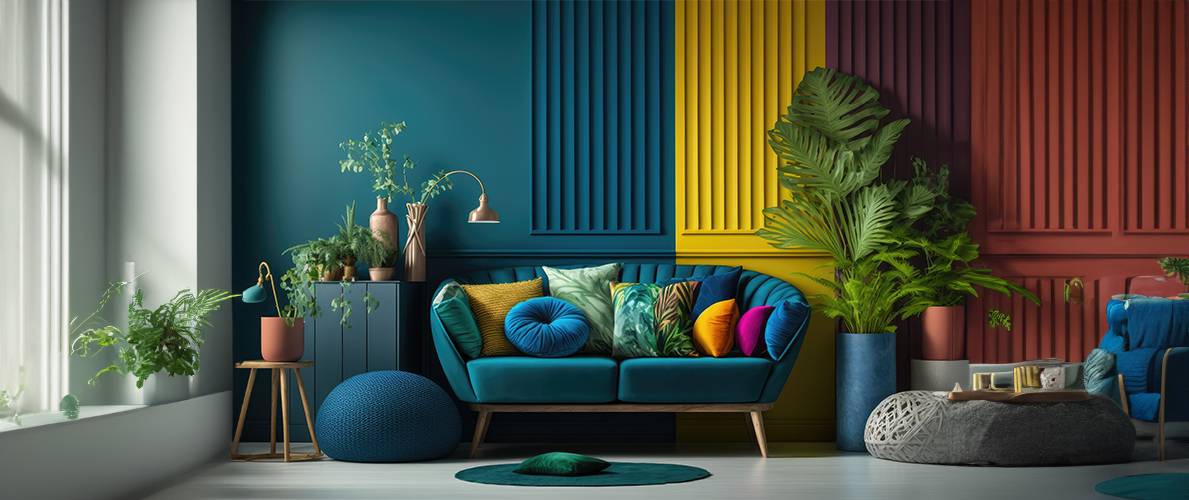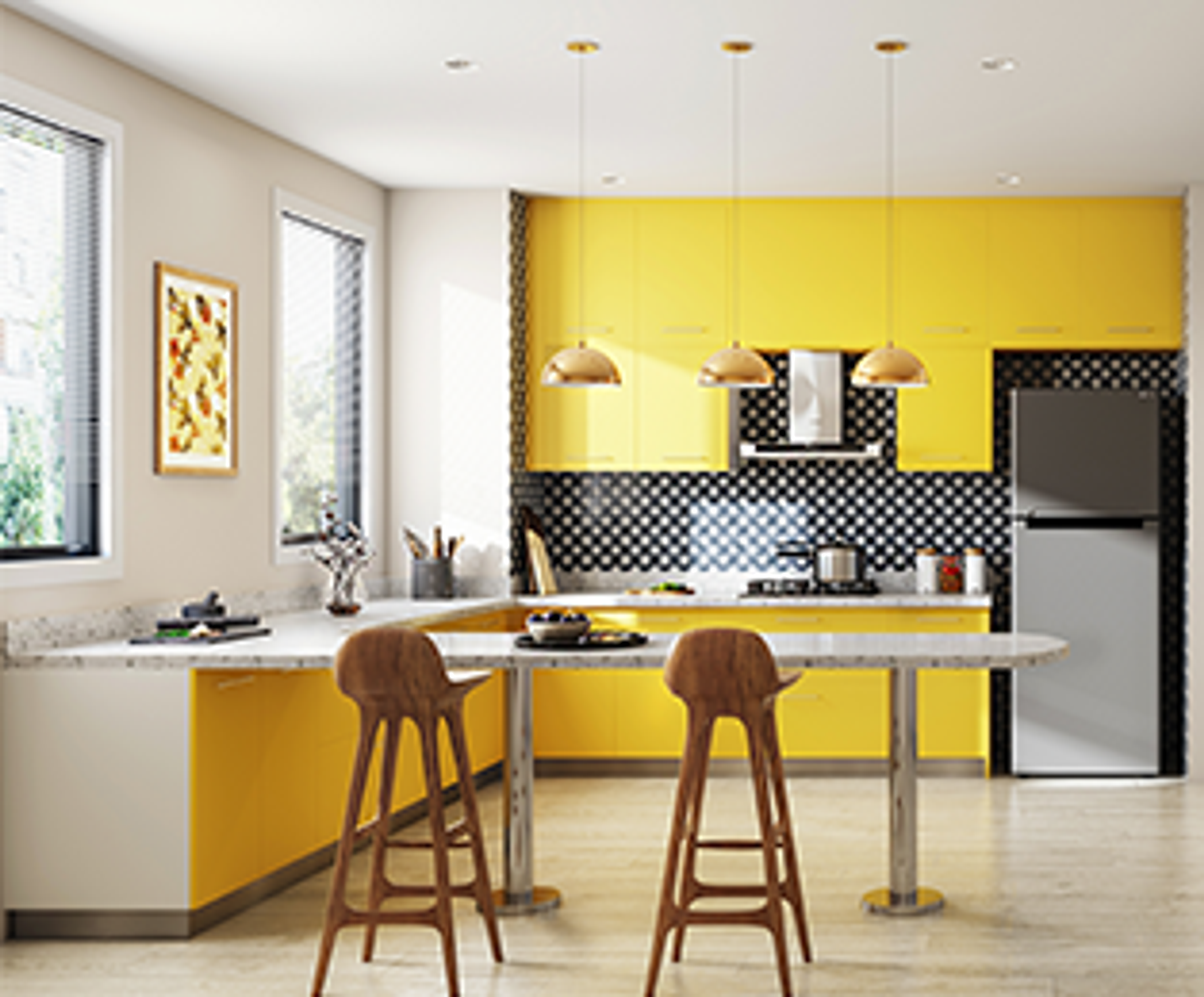Find an expert Architecture Firm to build your vision.
Find an expert Architecture Firm to build your vision.
Blog Article
Transform Your Home With Crucial Concepts of Inside Design and Aesthetic Appeals
By comprehending the effect of shade concept and the importance of texture and patterns, one can produce rooms that are not just aesthetically attractive yet additionally deeply personal. Accomplishing this equilibrium entails more than mere decoration; it encompasses a tactical setup and a keen understanding of exactly how each aspect interacts within an area.
Recognizing Shade Concept
Shade theory is an essential aspect of interior decoration that considerably influences mood, perception, and total aesthetic. Recognizing the principles of color concept enables designers to develop areas that reverberate emotionally with residents while meeting useful demands (Architecture Firm). Colors can be categorized into 3 key types: key, secondary, and tertiary. Each classification plays a critical function in developing consistency within an area.
The psychological impact of shades is profound; warm hues such as reds and oranges evoke power and heat, while trendy tones like blues and eco-friendlies advertise peace and peace. The use of corresponding shades improves aesthetic rate of interest, creating striking contrasts that can boost a space's allure.
Neutral colors, on the other hand, act as a versatile backdrop, enabling other design components to shine. It is vital to consider variables such as lighting and the space's objective when choosing a shade palette, as these can change the understanding of colors throughout the day.
Inevitably, a well-considered color design can change a room, cultivating a sense of comfort and style that lines up with the inhabitants' choices. Proficiency of color concept is, as a result, a crucial ability for any type of interior developer aiming to develop unified and welcoming settings.
Accomplishing Equilibrium in Design
Just how can designers achieve a sense of stability in their areas? Attaining equilibrium in style is fundamental to producing unified interiors. Designers can make use of three key sorts of balance: balanced, asymmetrical, and radial. In proportion equilibrium includes organizing aspects uniformly around a central factor, fostering a sense of order and peace. This kind frequently features sets of furniture or artwork, boosting visual security.
Asymmetrical balance, on the various other hand, counts on differing aspects that still accomplish a natural appearance. This method permits even more dynamic and informal arrangements, supplying interest while preserving balance. By thoroughly selecting differing sizes, colors, and appearances, developers can create an aesthetically compelling area that really feels well balanced yet energetic.
Radial equilibrium emphasizes a central centerpiece with components emitting exterior. This style is typically seen in round formats, where furnishings and decor develop a natural surround that draws the eye internal.
Inevitably, accomplishing balance calls for thoughtful consideration of range, proportion, and the relationships in between aspects. interior design firms. By masterfully applying these equilibrium principles, developers can change rooms right into atmospheres that really feel both aesthetically pleasing and functionally harmonious, improving the general experience for residents
Significance of Spatial Recognition

An eager sense of spatial understanding permits developers to identify prime focus within a room, directing the visitor's focus to vital functions while keeping a total sense of unity. It also helps in the tactical additional hints placement of lights, which can substantially influence the assumption of room and state of mind. In addition, understanding spatial partnerships enables the developer to provide to the specific requirements of inhabitants, ensuring that each location serves its designated purpose without jeopardizing looks.
Eventually, spatial recognition is important for optimizing the capacity of any kind of indoor space. By very carefully taking into consideration the interaction between dimensions, format, and feature, developers can create atmospheres that not only fulfill sensible needs however also evoke a sense of convenience and elegance, boosting the overall living experience.
Including Structure and Patterns
Welcoming a varied series of structures and patterns can significantly improve the aesthetic and responsive allure of an indoor space. The calculated use of different materials-- such as timber, steel, textile, and rock-- develops depth and rate of interest, making a room feel a lot more welcoming and vibrant. Integrating smooth surface areas with harsh textures can establish a balance that draws the eye and involves the senses.
When including patterns, think about both range and repetition. Large patterns can act as prime focus, while smaller, subtle layouts can enhance other elements without frustrating the space. Layering patterns, such as pairing flower pillows with candy striped throws, includes complexity and a feeling of harmony if implemented thoughtfully.
It is additionally vital to preserve a natural color scheme, ensuring that structures and patterns interact as opposed to contend for interest. By choosing a couple of crucial structures and patterns, you can produce an unified visual that shows your individual design while improving the overall atmosphere of the area. Ultimately, the cautious unification of these elements can transform a mundane space into an innovative environment rich with personality and heat.
Individualizing Your Room
Creating a space that reflects your personality is vital to achieving a truly welcoming setting. Personalization in interior decoration enables you to infuse your special design and interests into your home, changing it from a simple sanctuary into a haven that speaks with that you are. Begin by picking a shade combination that resonates with your feelings-- strong hues can energize, while soft tones supply serenity.
Integrate art work and decor that reflect your passions, whether it be travel, nature, or abstract concepts. Presenting individual collections, such as publications, photographs, or keepsakes, can stimulate cherished memories and produce prime focus within a room. Additionally, think about personalizing practical items, like upholstered furniture, to align with your aesthetic preferences.

Verdict
In here final thought, the transformation of a home with the essential principles of interior decoration and aesthetic appeal demands a comprehensive understanding of shade theory, balance, spatial recognition, appearance, and customization. Each component contributes significantly to producing a harmonious and practical living atmosphere - miami luxury interior design. By attentively incorporating these principles, individuals can improve the aesthetic appeal and psychological resonance of their areas, inevitably cultivating a home that mirrors distinct identifications while offering convenience and functionality
Report this page